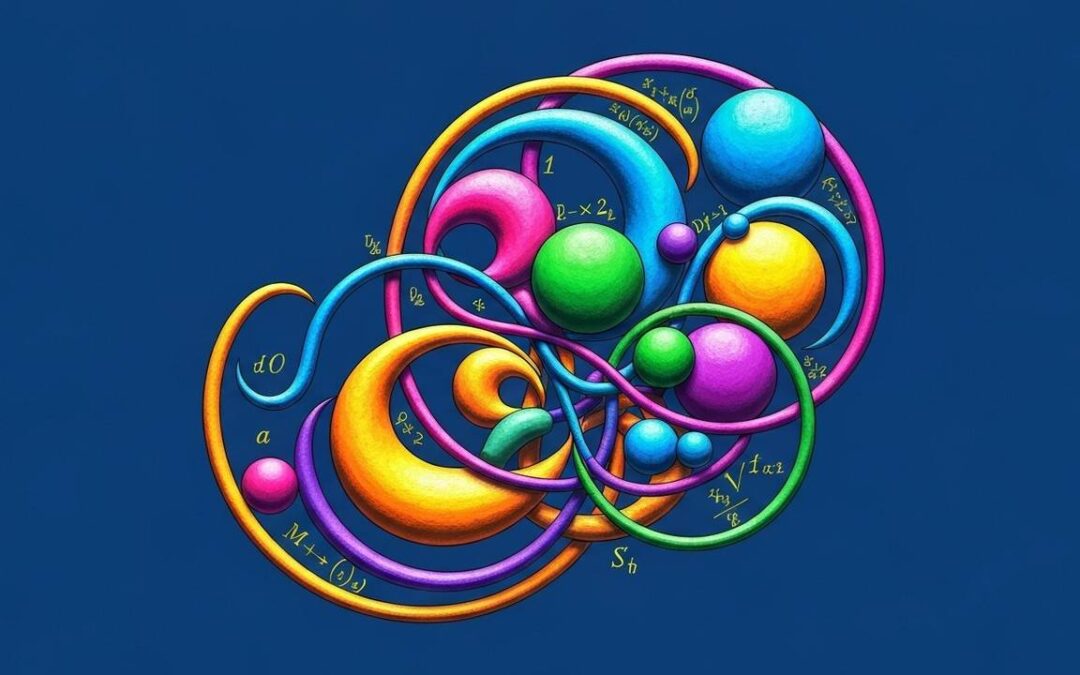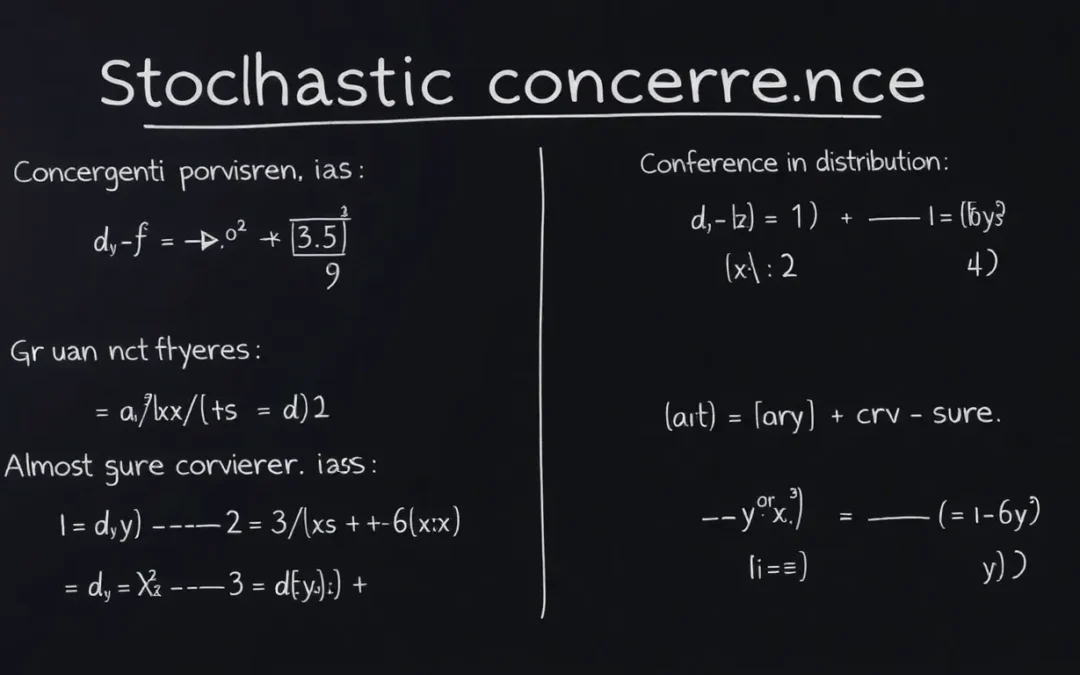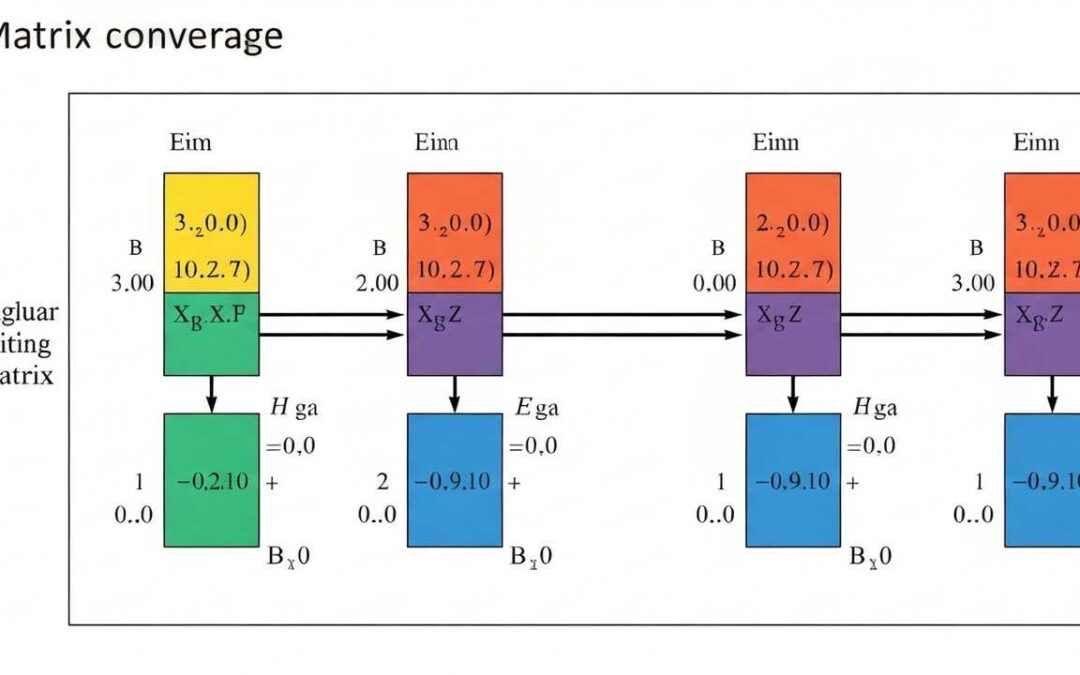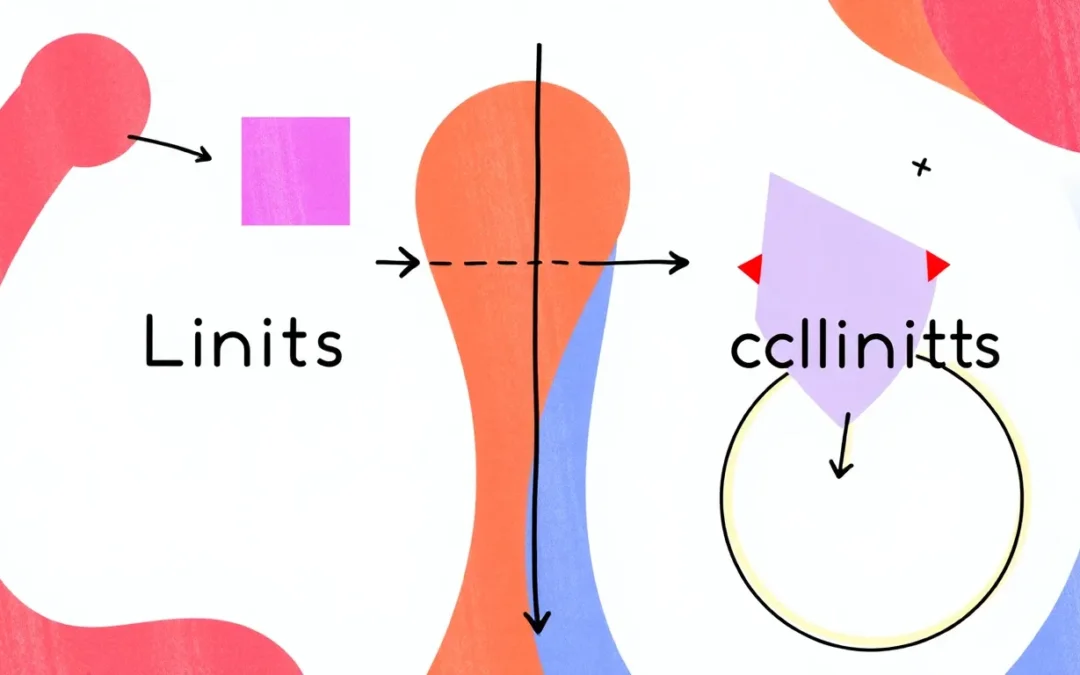Alright, let’s get started. Today, we’re going to explore What is a plane? and its fundamental role in mathematics. We’ll keep things simple, so you don’t need to worry about complex formulas just yet. Instead, we’ll focus on understanding what a plane is, its key properties, and why it’s so important.
Table of Contents
- What is a Plane? The Definition and Properties
- Equations of a Plane
- Examples and Applications
- Historical Context and Evolution
- Advanced Concepts and Related Topics
- Below are few additional problem similar to the above.
- Problem 1: Find the equation of a plane passing through points A(1, 2, 3), B(4, 5, 6), and C(7, 8, 9).
- Problem 2: Determine the normal vector to the plane ##2x – y + 3z = 5##.
- Problem 3: Find the distance from the point (1, 1, 1) to the plane ##x + y + z = 0##.
- Problem 4: What is the intersection of the planes ##x + y + z = 1## and ##2x + 2y + 2z = 2##?
- Problem 5: Given the plane ##3x – 2y + z = 6##, find a point on the plane.
Firstly, What is a plane? Essentially, it’s a flat, two-dimensional surface that extends infinitely in all directions. Think of it like a perfectly smooth sheet of paper, but one that goes on forever. Furthermore, a plane is a fundamental concept in geometry and linear algebra. Therefore, understanding planes is crucial for building a solid foundation in mathematics, and you’ll find that it has many real-world applications.
More from me
This blog post delves into the fundamental concept of a plane in mathematics. We will explore its definition, properties, equations, and applications in geometry and linear algebra. Understanding planes is crucial for grasping higher-level mathematical concepts and their real-world applications. The concept of a plane is central to many areas of mathematics and physics, providing a framework for understanding three-dimensional space. Let’s explore the mathematical concept of a plane.
What is a Plane? The Definition and Properties
In mathematics, particularly in geometry and linear algebra, a plane is a flat, two-dimensional surface that extends infinitely far. It’s a fundamental concept in Euclidean geometry, serving as the building block for understanding three-dimensional space. A plane is often visualized as a perfectly flat sheet of paper extending indefinitely in all directions. The key property of a plane is that any straight line connecting two points on the plane lies entirely within the plane. This fundamental property distinguishes planes from curved surfaces.
A plane is uniquely defined by several conditions. It can be determined by three non-collinear points (points that do not lie on the same line). It can also be defined by a line and a point not on that line, or by two intersecting lines. Another way to define a plane is using a point and a vector normal to the plane. The normal vector is perpendicular to every vector lying in the plane. These different definitions highlight the versatility and importance of planes in mathematical modeling and problem-solving. The concept of a plane is essential for understanding 3D geometry and its applications.
Equations of a Plane
Understanding the Equation of a Plane
The equation of a plane is a mathematical expression that describes all the points lying on the plane. There are several forms of the equation of a plane, each useful in different contexts. The most common forms are the scalar equation (also known as the general form) and the vector equation. The scalar equation is often written as ##Ax + By + Cz = D##, where ##A, B, C## are the components of a normal vector to the plane, and ##D## is a constant. This equation is derived from the dot product of the normal vector and a vector lying in the plane. The coefficients A, B, and C directly provide information about the orientation of the plane in space.
Vector Equation of a Plane
The vector equation of a plane is often expressed as ##\mathbf{n} \cdot (\mathbf{r} – \mathbf{r_0}) = 0##, where ##\mathbf{n}## is the normal vector to the plane, ##\mathbf{r}## is a position vector of a general point on the plane, and ##\mathbf{r_0}## is a position vector of a known point on the plane. The dot product ensures that the vector from ##\mathbf{r_0}## to any point on the plane is perpendicular to the normal vector. This equation is particularly useful when dealing with vector algebra and linear algebra. Understanding these equations is crucial for solving problems related to planes, such as finding the distance from a point to a plane or determining the intersection of planes.
Examples and Applications
Numerical Examples
Let’s consider some numerical examples to illustrate the concepts. Suppose we have a plane defined by the equation ##2x + y – z = 4##. The normal vector to this plane is ##\mathbf{n} = \langle 2, 1, -1 \rangle##. If we want to find a point on the plane, we can set ##x = 0## and ##y = 0##, which gives us ##z = -4##. So, the point ##(0, 0, -4)## lies on the plane. Another example: Given three non-collinear points, say ##A(1, 0, 0)##, ##B(0, 1, 0)##, and ##C(0, 0, 1)##, we can find the equation of the plane passing through these points. First, find two vectors in the plane, such as ##\vec{AB} = \langle -1, 1, 0 \rangle## and ##\vec{AC} = \langle -1, 0, 1 \rangle##. Then, compute the cross product to find the normal vector: ##\mathbf{n} = \vec{AB} \times \vec{AC} = \langle 1, 1, 1 \rangle##. Using point A, the equation of the plane is ##1(x – 1) + 1(y – 0) + 1(z – 0) = 0##, which simplifies to ##x + y + z = 1##.
Applications in Real World
Planes have numerous applications in various fields. In computer graphics, planes are used to model surfaces of 3D objects. For example, a cube can be represented by six planes. In physics, planes are used to describe wave fronts and to analyze the motion of objects in space. In architecture and engineering, planes are fundamental for designing structures, ensuring that surfaces are flat and aligned correctly. The study of planes is also crucial in fields like aviation, where understanding the orientation of planes is critical for navigation. Moreover, planes are used in data analysis and machine learning to represent decision boundaries in higher-dimensional spaces. The concept of a plane is essential for understanding and modeling the world around us.
Historical Context and Evolution
Early Developments
The concept of a plane has its roots in ancient geometry, particularly in the works of Euclid. In Euclid’s “Elements,” planes were defined and their properties were systematically explored. Euclid’s axioms and postulates laid the foundation for understanding planes as fundamental geometric objects. The early Greeks, with their focus on geometry, established many of the basic principles related to planes, such as the properties of parallel planes and the intersection of planes with lines. These early explorations were crucial for the development of more advanced mathematical concepts.
Modern Developments
The formalization of the concept of a plane continued through the development of analytic geometry in the 17th century, primarily through the works of René Descartes and Pierre de Fermat. They introduced the use of coordinate systems, which allowed for the algebraic representation of geometric objects, including planes. This marked a significant shift, as planes could now be described using equations. The development of linear algebra in the 19th and 20th centuries further refined the understanding of planes. Concepts like vector spaces, linear transformations, and normal vectors provided powerful tools for analyzing and manipulating planes in higher-dimensional spaces. These advancements have made planes a central concept in modern mathematics and its applications.
Advanced Concepts and Related Topics
Plane in Linear Algebra
In linear algebra, a plane can be viewed as a two-dimensional subspace of a three-dimensional vector space. This perspective allows for the application of linear algebra techniques to analyze planes. For example, the normal vector to a plane is a vector that is orthogonal to every vector in the plane. The concept of a plane extends to higher dimensions, where a “hyperplane” represents a generalization of a plane to an n-dimensional space. Understanding these concepts is crucial for advanced studies in mathematics and related fields. The use of matrices and vectors provides powerful tools for manipulating and analyzing planes.
Intersection of Planes
The intersection of two non-parallel planes is a line. To find the equation of this line, one can solve the system of equations representing the two planes. The intersection of three planes can be a point, a line, or the empty set, depending on the relative positions of the planes. These concepts are fundamental in solving problems related to 3D geometry and are essential in fields like computer graphics and engineering. The analysis of the intersection of planes often involves techniques from linear algebra, such as solving systems of linear equations. The intersection of planes is a key concept in understanding spatial relationships.
Below are few additional problem similar to the above.
Problem 1: Find the equation of a plane passing through points A(1, 2, 3), B(4, 5, 6), and C(7, 8, 9).
Since the points are collinear, there is no unique plane. The vectors formed by these points are linearly dependent.
Problem 2: Determine the normal vector to the plane ##2x – y + 3z = 5##.
The normal vector is ##\langle 2, -1, 3 \rangle##.
Problem 3: Find the distance from the point (1, 1, 1) to the plane ##x + y + z = 0##.
Use the formula: ##\frac{|Ax_0 + By_0 + Cz_0 – D|}{\sqrt{A^2 + B^2 + C^2}}##, which gives ##\frac{|1 + 1 + 1 – 0|}{\sqrt{1^2 + 1^2 + 1^2}} = \frac{3}{\sqrt{3}} = \sqrt{3}##.
Problem 4: What is the intersection of the planes ##x + y + z = 1## and ##2x + 2y + 2z = 2##?
The planes are the same, so their intersection is the plane itself.
Problem 5: Given the plane ##3x – 2y + z = 6##, find a point on the plane.
Set ##y = 0, z = 0##, then ##x = 2##. The point is (2, 0, 0).
We also Published
RESOURCES
- PLANE Definition & Meaning – Merriam-Webster
- Plane (mathematics) – Wikipedia
- Plane Finder
- Airplane – Wikipedia
- PLANE | English meaning – Cambridge Dictionary
- What is a Plane?
- What is the dark line the plane seems to be following? : r/aviation
- What is a Plane?
- What is going on with all these plane crashes and issues? : r …
- Dynamics of Flight







0 Comments